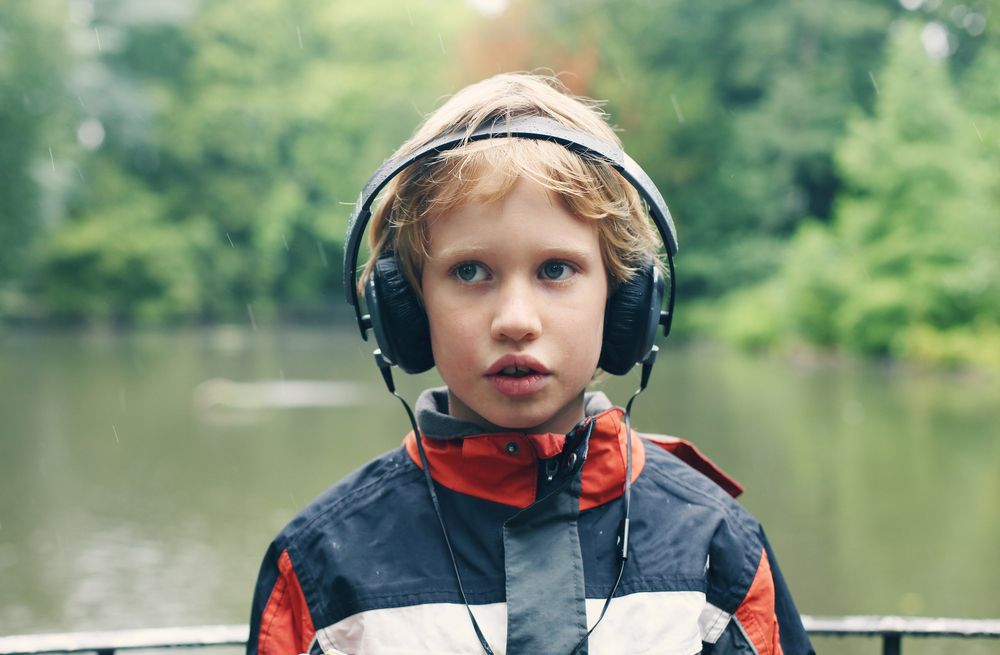While every child on the autism spectrum is different, sensory overload is a typical symptom. If left unaddressed, this problem can significantly affect your family’s quality of life. A child with sensory issues may be over-responsive or under-responsive to stimuli such as sights, sounds, smells and tastes. For instance, many children on the spectrum are hypersensitive to bright lights, while others may be uncomfortable with specific fabric textures.
If your child is displaying signs of sensory overload, you are not alone. This issue is commonplace within the autism community, and support is available. Here’s what you should know if you want to take the next step to help your child.
Understanding Sensory Overload
Sensory overload occurs when someone gets more input from their senses than their brain can process. Though anyone can experience this condition, it frequently links with disorders like autism and PTSD. The brain enters fight-or-flight mode in response to a perceived threat, which makes people feel unsafe and overwhelmed.
For children on the autism spectrum or those with other sensory processing issues, overload tends to be much more intense and harder to deal with. Many everyday situations you might not even think twice about can be highly triggering, which can result in a meltdown.
While children with autism typically experience sensory overload related to their five primary senses, they may also overreact or underreact to their proprioceptive and vestibular senses, which regulate motor skills, balance and body awareness. As a result, they could have movement and coordination issues.
How to Accommodate for Sensory Overload
Autism causes various sensitivities that are unique to each child. Here are some suggestions for ways to accommodate for hypersensitivities and hyposensitivities:
- Install a dimmer for the lighting in your home.
- Provide noise-canceling earplugs or headphones for loud environments.
- Eliminate scented products like air fresheners, candles and perfumes.
- Be willing to offer alternative food and clothing textures.
- Ask for permission before touching your child.
- Provide visual support if your child struggles to understand spoken information.
- Offer stimulating toys and activities.
- Give them a weighted blanket.
How to Help a Child on the Autism Spectrum
The best way to shield your child from sensory overload is to understand their triggers. If your child is non-verbal, look for clues in their body language. For example, they might cry or close their eyes in the grocery store if the overhead fluorescent lights are too bright.
Though some triggering situations are unavoidable, you can help your child learn to prepare for circumstances beyond their control by working with a trained therapist. At Pine Grove, we understand the challenges associated with raising a child on the autism spectrum, and we are here to provide compassionate help. To learn more about our autism treatment services and therapies, please connect with us today. We are pleased to answer any questions you have about our programming.

